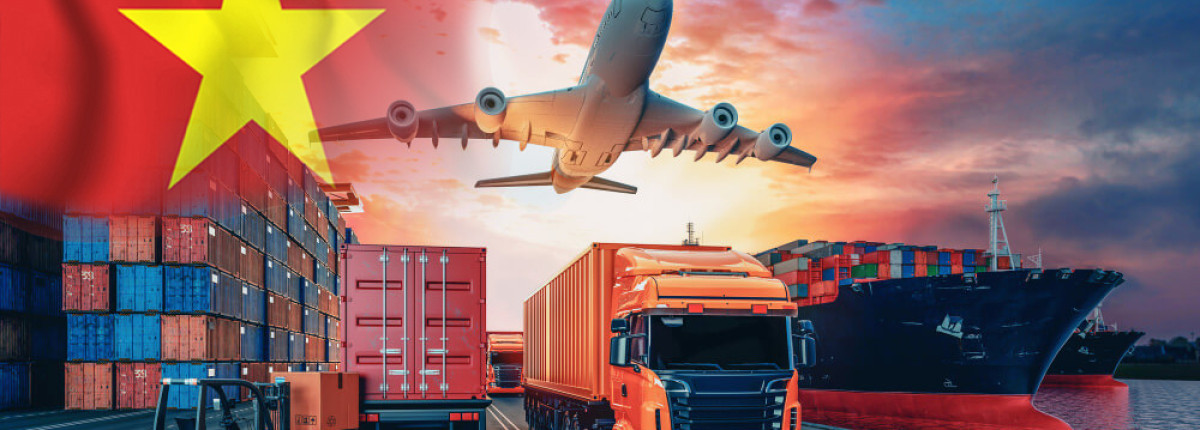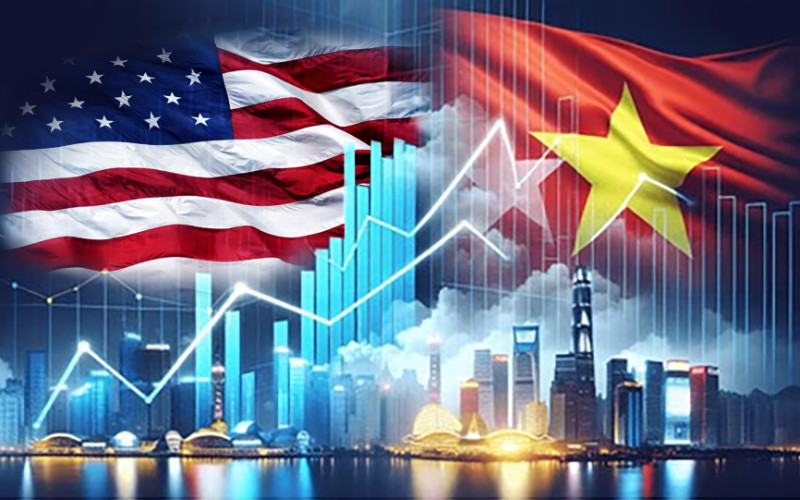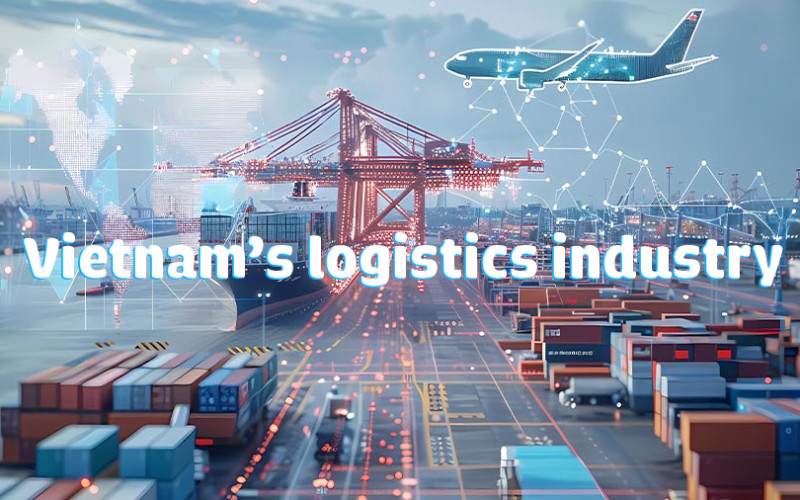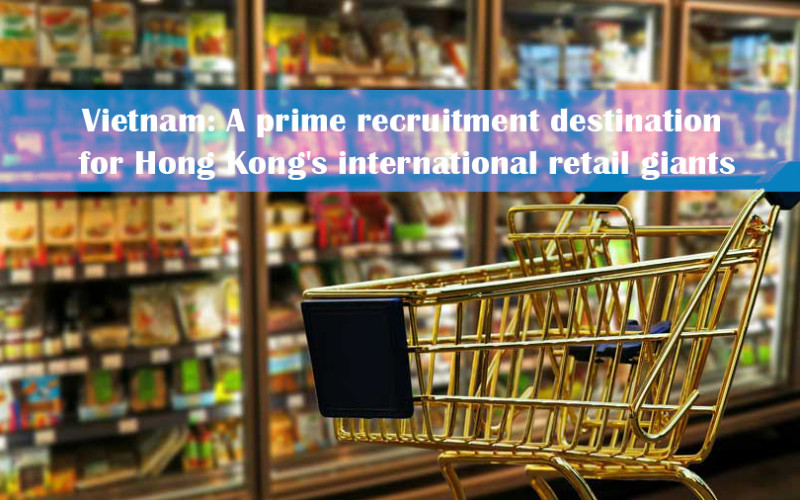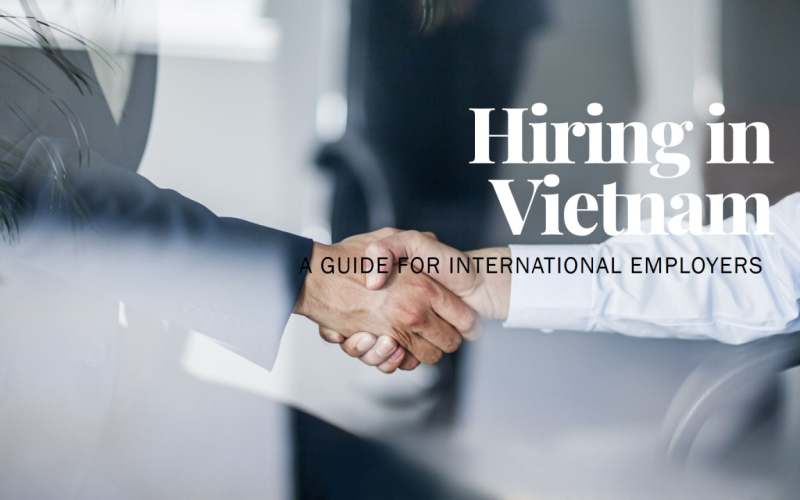The Impact of the U.S. 46% Tariff on Vietnamese Imports
The recent announcement by the United States to impose a 46% tariff on 90% of goods imported from Vietnam has sent shockwaves through the global trade community. This move, part of a broader strategy to address trade imbalances, is expected to significantly impact several key industries in Vietnam.
A Blow to Key Industries
Vietnam has emerged as a vital manufacturing hub, particularly for industries such as apparel, footwear, furniture, and toys. Companies like Nike, Wayfair, and American Eagle, which have heavily invested in Vietnam as an alternative to China, are now facing steep cost increases. For instance, Nike sources approximately 25% of its footwear from Vietnam, making it one of the hardest-hit brand
Ripple Effects on the Vietnamese Economy
Vietnam's economy, heavily reliant on exports, is expected to feel the strain. The U.S. is Vietnam's largest export market, and the new tariffs could jeopardize the country's ambitious growth targets. Industries like textiles and wood products, which are already grappling with global supply chain disruptions, are likely to face the brunt of the impact.
1.Textiles and Apparel:
- The U.S. is Vietnam's largest market for textiles, accounting for nearly 50% of the industry's export revenue.
- Major companies like Vinatex, May 10, and TNG are likely to face reduced orders and increased costs, which could lead to a decline in profitability.
2. Footwear
- Vietnam is a major supplier of footwear to the U.S., with nearly one-third of U.S. footwear imports originating from the country. These industries contributed about 21.9% to Vietnam's export revenue from the U.S. in 2024. The imposition of the 46% tariff is expected to disrupt supply chains and increase costs, making Vietnamese apparel and footwear less attractive to American consumers.
- Brands like Nike and Adidas, which rely heavily on Vietnamese manufacturing, may need to reassess their supply chains.
3. Furniture: Wood and Wood Products
- Representing 7.6% of exports to the U.S., the wood industry is also vulnerable. Vietnam has become a leading exporter of furniture to the U.S., accounting for 26.5% of U.S. furniture imports. The new tariffs could make Vietnamese furniture less competitive compared to alternatives from other countries.
4. Electronics:
- Companies like Apple, which have shifted part of their production to Vietnam, may face higher costs. Suppliers such as Foxconn and Pegatron could see disruptions, potentially prompting a reevaluation of manufacturing strategies.
5. Seafood and Agricultural Products:
- Key exports like seafood, cashews, and coffee are also expected to suffer. The increased tariffs may reduce demand, affecting both large exporters and smaller producers.
Challenges for U.S. Companies
For U.S. companies, the tariffs come at a time when consumers are already grappling with inflation and economic uncertainty. Businesses may find it challenging to maintain competitive pricing while managing increased production costs. The footwear and apparel sectors, in particular, are expected to experience significant disruptions, given their reliance on Vietnamese manufacturing.
Who Will Be Affected by the U.S. 46% Tariff on Vietnam?
(1) Vietnamese Exporting Businesses: Vietnamese companies exporting goods to the U.S. will be directly impacted as their products become more expensive in the U.S. market, reducing their competitiveness.
(2) U.S. Importers and Distributors: Importing companies in the U.S. will face higher tariffs when bringing in goods from Vietnam, increasing their business costs.
(3) U.S. Consumers: As Vietnamese imports become more expensive due to higher tariffs, retail prices may rise, forcing American consumers to pay more or switch to alternative products from other countries or domestic manufacturers.
(4) Domestic Manufacturing Industries in the U.S.: Some U.S. industries may benefit from reduced competition from Vietnamese imports, creating opportunities for domestic businesses to gain market share.
Who is Required to Pay Import and Export Taxes?
According to Article 3 of the 2016 Law on Export and Import Taxes, the following entities are required to pay import and export taxes:
- Owners of exported and imported goods.
- Organizations entrusted with import and export activities.
- Individuals entering or exiting the country who carry exported or imported goods, or send/receive goods through Vietnam's border gates.
- Authorized representatives, guarantors, and those paying taxes on behalf of taxpayers, including:
- Customs clearance agents authorized to pay export and import taxes.
- Enterprises providing postal and international express delivery services that pay taxes on behalf of taxpayers.
- Credit institutions or other organizations operating under the Law on Credit Institutions that guarantee or pay taxes on behalf of taxpayers.
- Authorized individuals handling tax payments for goods classified as gifts, personal belongings, or luggage sent before or after the owner’s departure or arrival.
- Company branches authorized to pay taxes on behalf of the company.
- Other authorized individuals paying taxes on behalf of taxpayers as per legal regulations.
- Individuals purchasing or transporting duty-free goods permitted for cross-border trade but later selling them in the domestic market, as well as foreign traders authorized to conduct import and export business at border markets under legal provisions.
- Individuals or entities whose exported or imported goods were initially tax-exempt but later become taxable due to status changes in accordance with legal regulations.
- Other cases as prescribed by law.
Looking Ahead
While the tariffs aim to address trade imbalances, they also underscore the complexities of global supply chains. Companies may need to explore alternative manufacturing locations or renegotiate trade terms to mitigate the impact. For Vietnam, the tariffs serve as a stark reminder of the vulnerabilities inherent in an export-driven economy.
As the April 9 implementation date approaches, businesses on both sides of the Pacific are scrambling to adapt. The long-term effects of this policy will depend on how quickly companies can pivot and whether diplomatic efforts can lead to a resolution.
Source: internet references
Other Articles
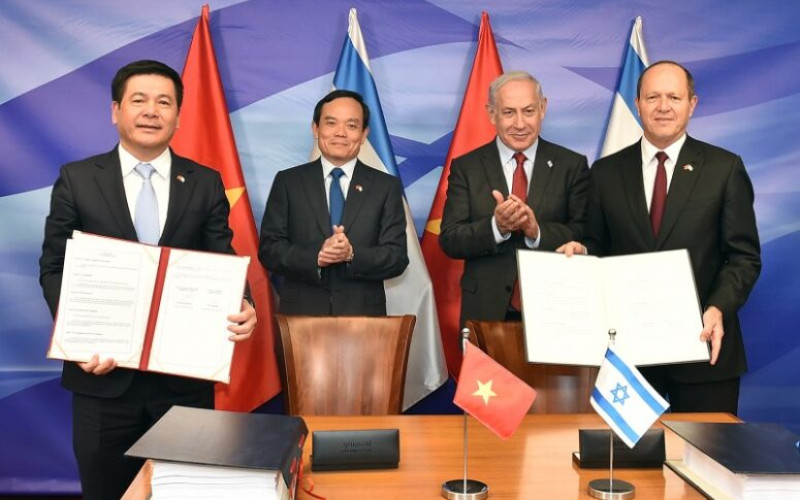
Vietnam’s Free Trade Agreements 2025
26/03/2025
10 Booming Industries in 2030
26/03/2025
Vietnam’s Renewable Energy Industry
26/03/2025

